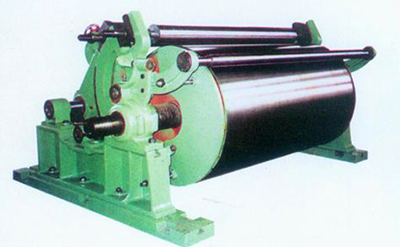Paper Batching
Paper batching is the initial manufacturing completion of paper. Reeler is the first complete set of equipments after the paper making machine. The paper sheet will be evenly wound relying on the weight of the rolls and the friction of the rotation of the cold cylinder, so the reeler makes the paper sheet more uniform and can meet different paper needs. However, the paper roll is still relatively soft, and the inside may be damaged or broken, the edges on both sides are not neat, and the width of the web may not be directly used in machines such as paper processing or printing.


Our company owns strong technical power to help you manufacture ideal paper batching equipment-reeler.

